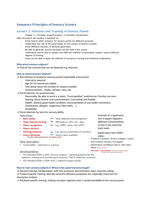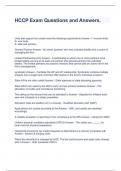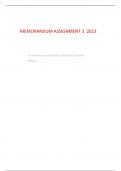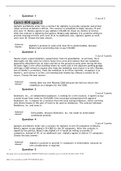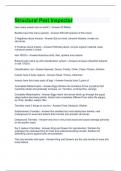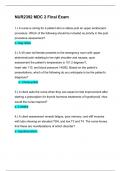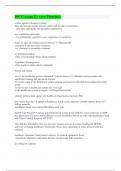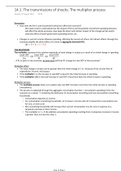Samenvatting
Summary lectures HNE-30506
- Instelling
- Wageningen University (WUR)
Complete summary of the lectures written in the form of questions. For questions or if something is unclear, feel free to contact me. Note: pictures may not be shown in the example, but they are really there! :)
[Meer zien]
